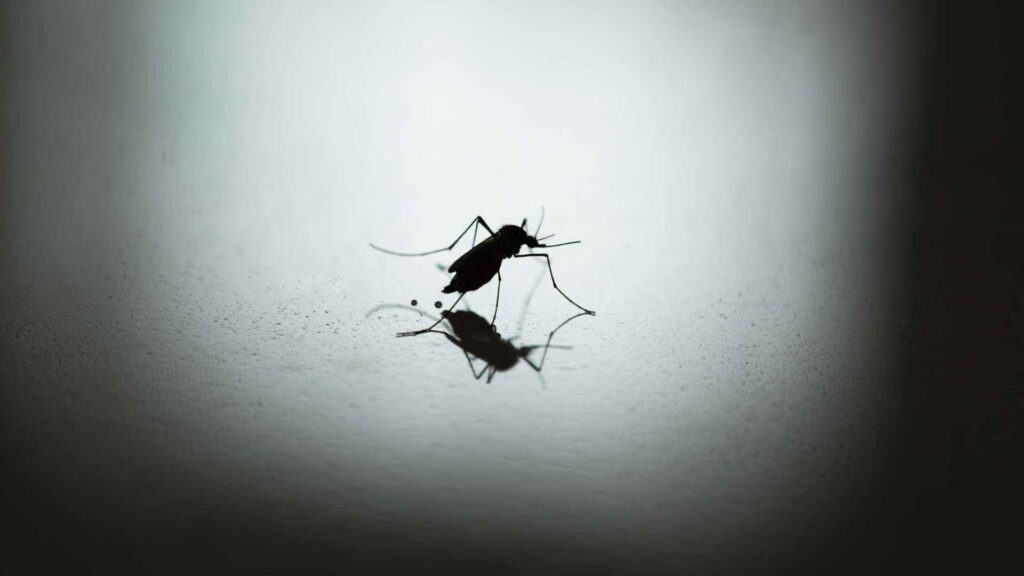Table Of Content
ToggleDiscovering where mosquitoes hide and breed within your home is crucial for effective pest control. In this guide, we delve into the methods and key areas to help you uncover mosquito nests indoors.
By understanding their hiding spots and breeding grounds, you can take targeted actions to eliminate these pesky insects and enjoy a mosquito-free living environment. Let’s explore the strategies for locating and addressing mosquito nests in your house.
The key to understanding mosquito hideouts lies in their life cycle. Mosquitoes are all about procreation, and for that, they need stagnant water. That’s right, even a tiny puddle can become a breeding ground!
The female mosquito lays her eggs on or near water, which hatch into larvae (think: tiny, wiggling worms). These larvae develop in the water for several days before transforming into adult mosquitoes, ready to continue the cycle.

Now that we know what mosquitoes need, let’s uncover their favorite indoor hideouts:
Explore your pest control options for a safer home today.

While a nighttime buzzing symphony is a dead giveaway, here are some other signs you might have unwanted houseguests:
Now that you know where to look, here’s how to fight back:
Tailor your pest management strategy. Start now.

By eliminating mosquito breeding sites in your home, you can significantly reduce the number of these pesky insects. Remember, even a small amount of stagnant water can become a breeding ground. Be vigilant, check these potential hideouts regularly, and take action to prevent mosquito multiplication.
However, if you suspect a large-scale infestation or are struggling to control the mosquito population on your own, it’s time to call in the professionals! Here at [Your Pest Control Company Name], we’re experts in mosquito control. We can identify breeding sites you might have missed, implement targeted treatments, and offer preventative measures to keep your home mosquito-free. Don’t let these bloodsuckers ruin your peace of mind – contact us today for a free consultation!
To find the source of mosquitoes in your house, start by inspecting common breeding areas such as standing water in potted plant saucers, clogged drains, leaky pipes, condensation trays under appliances, and dark, humid areas like basements and attics. Look for signs of mosquito breeding, such as the presence of mosquito larvae in stagnant water or adult mosquitoes during the day, which could indicate a nearby breeding ground.
To find a mosquito nest, thoroughly check areas where mosquitoes are likely to hide and breed indoors, such as standing water sources and dark, damp locations. Inspect places like potted plant saucers, clogged drains, leaky pipes, condensation trays under appliances, basements, attics, bathrooms, and behind furniture for signs of mosquito activity, including larvae or adult mosquitoes.
To find and kill mosquitoes in your house, focus on eliminating their breeding sites and hiding spots. Remove standing water from containers, tighten leaky pipes, improve ventilation in damp areas, and consider using mosquito dunks or larvicides in non-potable water sources. Additionally, use mosquito traps, insecticides, or natural repellents to target adult mosquitoes and reduce their population indoors.
To determine where mosquitoes are coming from, conduct a thorough inspection of your home for potential entry points and breeding sites. Check windows, doors, screens, vents, and gaps in walls or foundations for openings that mosquitoes can use to enter. Identify areas with stagnant water or moisture buildup, as these are prime breeding grounds that attract mosquitoes into your living spaces.
Your trusted pest control experts in Southern California. Keeping your neighborhood pest-free!